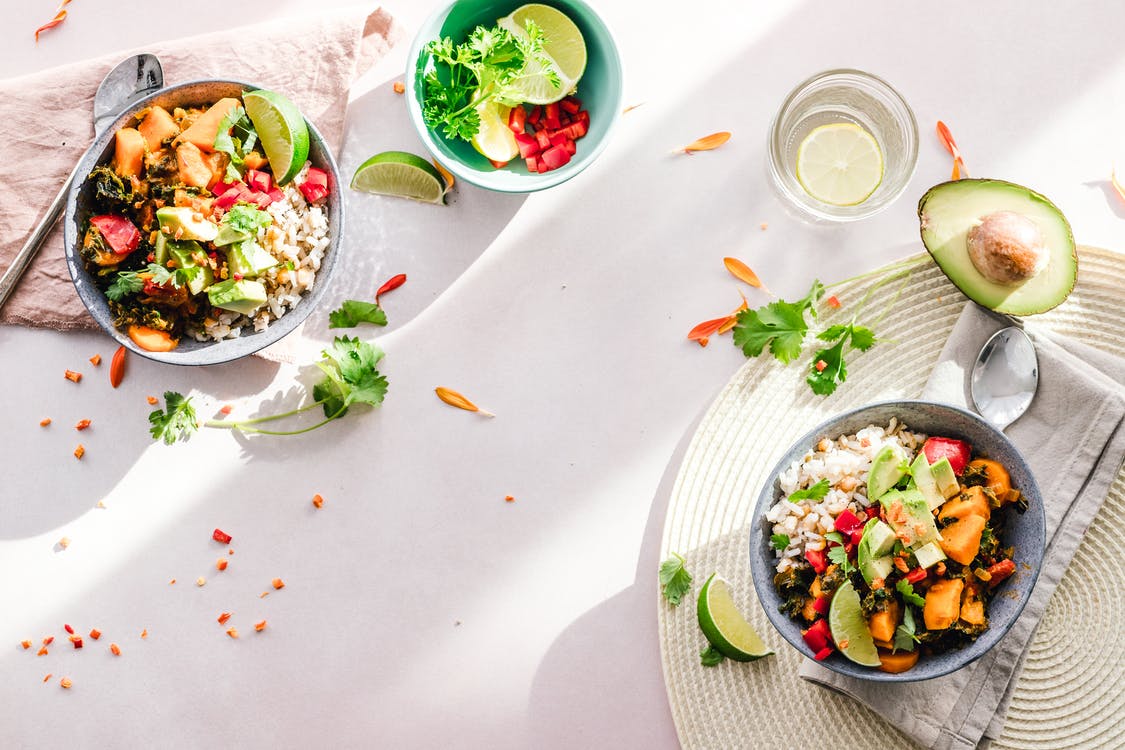Which meals should be favored, and which should be avoided or even eradicated, to clear fat naturally from the liver? Non-alcoholic fatty liver disease, often known as NASH or fatty liver disease, is a chronic condition that is more prevalent in the general population. Your liver accumulates fat cells, which leads to growth and inflammation because of the organ’s enlargement because of the accumulation of fat. The first piece of advice that we have for you is to make some changes to your diet. I will give you some of my naturopathic recommendations for maintaining a healthy liver.
Dietary changes alone can put an end to fatty liver disease.
To begin, I would like to revisit a commonly held belief that a diet too high in fat is to blame for fatty liver disease. According to this theory, a fatty liver is the product of an unhealthy lifestyle. It is not correct!
We will talk about fat later, but fat accumulation around the liver is primarily caused by eating too many carbohydrates. This is something we will cover. When I say this, I am referring to all of the sugars, including fructose, fruit, cereals, and starches.
However, unlike sucrose, excess fructose is not digested in the intestine and must therefore be metabolized by the liver, where it will be transformed into fat. Although fruit is generally considered a healthy food option, fructose is not. Thus, Fatty liver disease can be caused by consuming excessive fructose.
I recommend that you steer clear of fruit juices as much as possible, instead opting to chew on entire fruits and capping your daily intake at two servings. This is true for dried fruits, such as raisins, dates, dried apricots, and dried figs, all of which are concentrated sources of fructose.
Also, be wary of the numerous additives used on a massive scale in the food business. Many processed foods include a high concentration of carbs, including fructose. Some examples of these types of carbohydrates are corn syrup, fructose syrup, agave syrup, maltodextrin, sorbitol, mannitol, and xylitol.
You can assist yourself by using a beneficial program such as Yucca, which enables you to scan the product and instantly determine whether it is healthy or not, thanks to a remark. This can be done by scanning the barcode.
Be wary of sweet and salty industrial items like tomato sauce, soup, and ready meals, including sugar and salt. It might seem silly, but you should give up drinking soda. According to recommendations by the WHO, these beverages contain significantly more sugar than our bodies require, which is approximately 25 grams per day, equivalent to six teaspoons. It only takes one can of duck liver daily to produce foie gras. So as you know, one can have anywhere from 25 to 35 grams of sugar in it by itself! If you want to get rid of the excess fat on your liver, you can do it by following this straightforward advice.
In addition to that, we will not use sugar in our beverages like coffee, tea, or yogurt. Reduce the doses gradually over several days to get rid of the sweetness. When it is time for breakfast, grab some cereal, pastries, and biscuits from the grocery store. Choose less sweet options and high in protein and fiber, and why not start the day with some salty food?
Low glycemic index and insulin resistance
Insulin resistance is frequently hiding in the shadows behind a fatty liver. If you develop resistance, your body will begin to secrete more insulin. Because of this enormous increase, sugars will be converted into fat, and the body will store the fat that has been created. Therefore, it is a factor in the development of fatty liver disease.
Because of this, it will be vital for you to devise a diet that will prevent an excessive rise in your insulin levels. We talk about following a diet with a low glycemic index or a low glycemic load (the latter is a more subtle concept that considers the density of foods).
Meals with a high glycemic index, which produces a rapid increase in insulin, should be avoided as much as possible in favor of meals with a low or moderate glycemic index. This is because high glycemic index foods generate a rapid surge in insulin. You can find a list of foods and their GI values online.
In general, here is what you should keep in mind:
We stay away from all meals that have been refined, such as white bread, white rice, rusks, white pasta, and white sugar, among others, because the refining process raises the glycemic index by eliminating the protective layer that cereals typically have.
They are replaced by either their finished or a partially finished version of themselves, depending on your preferences. Experiment with foods that naturally have a lower glycemic index, like quinoa, buckwheat, and spelling, for some added diversity in your diet.
Because of the incorporation of various sugars into ready-made industrial foods, these foods generally have a high glycemic index. I noted this earlier. Get used to purchasing things that have been barely treated or not at all. You do not need to spend hours in the kitchen to prepare straightforward, sound, and enjoyable meals.
Fatty Acids
Contrary to popular belief, fats do not threaten the liver. Even if you have fatty liver disease, you can still consume fat in your diet. You must use caution when selecting the sources of the fat you consume. Foods rich in healthy fats, such as avocado, oilseeds (seeds and nuts), olive oil, coconut oil that has been deodorized, flax, hemp, and walnuts.
Small oily fish such as sardines, mackerel, and herring should take precedence in your diet since they are abundant in healthy fats that will be beneficial to your liver and, in particular, omega-3 fatty acids, which will assist in the reduction of fat that has accumulated on the liver.
At the same time, saturated fatty acids, which are regarded as unhealthy fats and can be found in foods like fried foods, breadcrumbs, and “trans” fats from industrial foods commonly found in baked goods and pastries, will be decreased.
I want to give you my word that non-alcoholic fatty liver disease is not an irreversible condition. It is possible to return, and some people with NASH find a healthy liver in just a few weeks. This is because they have given themselves the means to modify their food and lifestyle.











